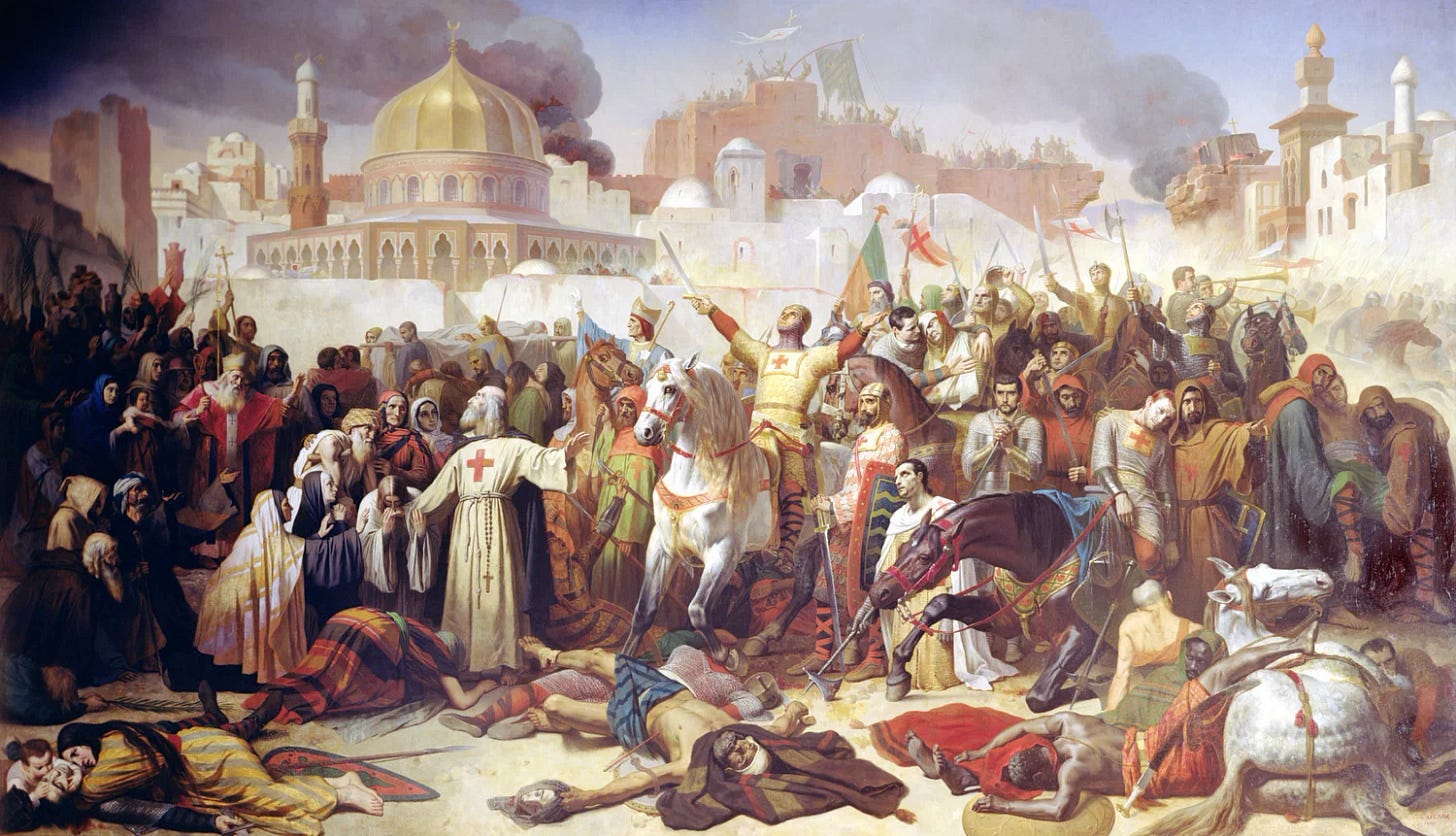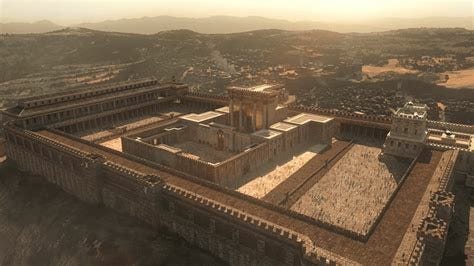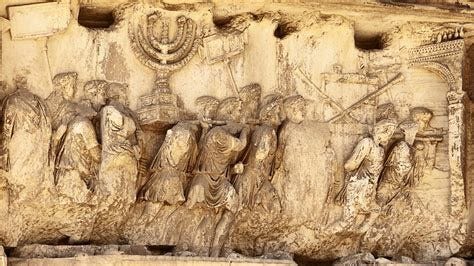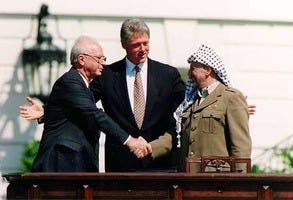Introduction:
The cradle of ancient civilizations, the land we now identify as Israel echoes with rich history, woven with religious fervor, cultural diversity, and geopolitical complexities. From biblical epochs to the present day, this region has borne witness to the ebb and flow of empires, the birth of major religions, and enduring conflicts that have left an indelible mark on its contemporary landscape. This essay embarks on a journey through time, unraveling the multifaceted layers that define Israel's historical narrative.
Biblical Times:
The annals of Israel's history unfurl with the patriarchal figures of Abraham, Isaac, and Jacob, revered as foundational figures in Judaism, Christianity, and Islam alike. These forefathers laid the spiritual groundwork for a people whose destiny would be woven into the fabric of the biblical narrative.
The pivotal exodus led by Moses stands as a defining moment, as the Israelites, liberated from the shackles of slavery in Egypt, embarked on a transformative journey toward the Promised Land. This epic migration across the wilderness symbolized not only physical liberation but also the forging of a collective identity bound by faith and covenant.
The zenith of ancient Israel's political strength manifested during the reigns of David and Solomon, heralding the era of the United Kingdom of Israel. David's legendary triumph over Goliath and his establishment of Jerusalem as the capital laid the groundwork for a powerful and centralized kingdom. Solomon, renowned for his wisdom, further embellished this golden age, overseeing the construction of the First Temple in Jerusalem—an enduring testament to the cultural and religious significance of this period.
Assyrian and Babylonian Empires:
In the chronicles of Israel's historical odyssey, the formidable Assyrian and Babylonian Empires emerged as pivotal chapters, shaping the destiny of the ancient land.
In 722 BCE, the Assyrians, with ruthless precision, conquered the northern kingdom of Israel. This conquest triggered a seismic event—the dispersion of the ten northern tribes. The echo of this diaspora resonates through the pages of history, marking a profound and transformative moment in the narrative of the Israelites.
Subsequently, the Babylonians, under the leadership of Nebuchadnezzar II, cast their shadow over the southern kingdom of Judah. The culmination of this conquest was the Babylonian Captivity, a period of exile that left an indelible mark on the collective consciousness of the Jewish people. This epoch of displacement and reflection laid the groundwork for theological and cultural developments that would endure for centuries.
Amidst the shadows of captivity, a flicker of hope emerged with the rise of the Persian Empire. Under the benevolence of Cyrus the Great, the Jews were granted permission to return to their homeland. This marked the beginning of a poignant journey—the restoration of Jerusalem and the reconstruction of the sacred Temple.
For a more in-depth exploration of the Assyrian Captivity, readers can refer to this link. Digging into the historical intricacies of this period opens a gateway to understanding the complexities that underscore the narrative of ancient Israel.
This chapter of history not only serves as a testament to the resilience of a people but also as an invitation to read deeper into the profound and multifaceted map of human civilization.
Hellenistic and Roman Periods:
The tide of history surged with the conquests of Alexander the Great, ushering in an era of Hellenistic influence that would leave an enduring mark on the lands we now recognize as Israel.
Following the division of Alexander's vast empire, the Seleucids and Ptolemies became contenders for dominance over this strategic region. Their power struggles created a complex geopolitical landscape, where the echoes of Hellenistic culture resonated amidst the diverse fabric of local traditions.
Amidst this backdrop, the Maccabean Revolt erupted in the 2nd century BCE. Fueled by a fervent desire for religious autonomy, the Jewish uprising against Seleucid rule marked a defining moment. The resilience and determination of the Maccabees resulted in the establishment of an independent Jewish state for a brief but significant period.
For those seeking a deeper exploration of the Maccabean Revolt, this article offers valuable insights. It dives into the details of this pivotal event, shedding light on the historical, cultural, and religious dimensions that shaped the course of the region during this transformative era.
As the Hellenistic and Roman periods unfolded, the interplay of cultures and the pursuit of autonomy continued to mold the narrative of this ancient land, laying the groundwork for the complex historical mosaic that defines Israel today.
Roman Rule and the Birth of Christianity:
The annals of history bear witness to the profound impact of the Roman conquest of Judea in 63 BCE—a watershed moment that unfolded against a backdrop of cultural and religious transformation.
In the crucible of this historical stage, Jesus of Nazareth emerged as a central figure in the 1st century CE, presenting teachings that would become the bedrock of Christianity. Against the strength of Roman dominance, his messages of love, compassion, and divine connection resonated, sowing the seeds of a movement that would transcend its time and shape the course of centuries.
The Roman destruction of the Second Temple in 70 CE, as detailed in this insightful article, proved to be a seismic event. This cataclysmic event not only marked the physical ruin of a sacred site but reverberated through the corridors of Jewish history, influencing the collective identity of the Jewish people.
This pivotal period stands as a crucible, where the interplay between Roman rule, the emergence of Christianity, and the profound impact on the religious landscape converged. The echoes of these events reverberate through time, leaving an indelible mark on the cultural and spiritual fabric of the region.
Byzantine and Islamic Rule:
The ebb and flow of power in the region took a transformative turn during the Byzantine Empire's control, a dominion that persisted until the 7th century. In a pivotal moment of history, the Arab-Muslim forces, under the leadership of Caliph Umar, seized control of Jerusalem in 638 CE.
This marked the dawn of Islamic rule, a period that brought not only political changes but also cultural and architectural advancements. Jerusalem, now under Muslim governance, evolved into a significant religious center, weaving itself into the fabric of Islam's rich heritage.
For an immersive exploration of the Fall of Jerusalem and the Battle of Jalula in 637, consider watching the video titled "Fall of Jerusalem and the Battle of Jalula 637 - Early Muslim Expansion" from Kings and Generals.
This documentary sheds light on the historical intricacies of this epoch, providing a visual journey through the events that shaped the trajectory of the region.
The interplay between Byzantine and Islamic rule stands as a testament to the dynamic and ever-evolving nature of the historical narrative, where the tides of power and cultural influences continued to shape the destiny of the land now known as Israel.
Crusades and Ottoman Rule:
The pages of history unfurl with the tumultuous era of the Crusades, where power and dominion over Jerusalem were contested with fervor. In the crucible of conflict, the Crusaders achieved their objective, capturing Jerusalem in 1099 during the First Crusade. However, this victory was fleeting, as Saladin reclaimed the city in 1187, marking a pivotal moment in the historical struggle for control.

For a comprehensive exploration of the conflicts during this period, this article provides valuable insights. It researches into the intricate details of the Crusades, shedding light on the geopolitical dynamics and cultural clashes that characterized this epoch.
Following the ebb and flow of military campaigns, the Ottoman Empire emerged as a dominant force, casting its shadow over the region for centuries. The Ottoman rule, enduring until the conclusion of World War I, left an indelible mark on the landscapes, cultures, and communities that inhabited the land now known as Israel.
This chapter of history encapsulates the cyclical nature of power struggles, religious conflicts, and the ever-changing tapestry of rulership that defined the destiny of this historically rich region.
British Mandate and the Establishment of Israel:
In the aftermath of World War I, the League of Nations entrusted Britain with the mandate to administer the territory, a time marked by a notable influx of Jewish immigration. The Balfour Project, providing insights into Britain's legacy within the Ottoman Empire, adds depth to this historical context.
Notably, the documentary "How Zionists Came to Palestine Under British Protection" from The Great War channel, with over 1.1 million views, explores the post-Balfour Declaration period. The video explores the acceleration of the Zionist movement since the 1890s and the mounting Arab-Jewish tensions in Mandate Palestine.
Amidst the aftermath of World War II and the Holocaust, international support for a Jewish homeland gained momentum. The UN's 1947 partition plan, coupled with the dynamics explored in the mentioned documentary, played a pivotal role in the establishment of the State of Israel in 1948.
For a comprehensive understanding, consider exploring the Balfour Project's resources alongside the insights provided by the documentary, offering a nuanced perspective on the historical intricacies surrounding Britain's role in the region.
Arab-Israeli Conflicts:
The establishment of Israel marked a turning point in the region, igniting a series of conflicts with neighboring Arab states. The Arab-Israeli conflicts, spanning wars in 1948, 1956, 1967, and 1973, significantly influenced the borders and geopolitical dynamics of the Middle East. These conflicts were not only military in nature but also deepened the Israeli-Palestinian struggle, giving rise to complex territorial disputes and heightened geopolitical tensions.
For a more detailed exploration of the Arab-Israeli conflict and its historical context, you may find valuable insights in the comprehensive Wikipedia page on the Arab-Israeli Conflict. This resource explores into the multifaceted aspects of the conflicts, providing a nuanced understanding of the complexities that have shaped the region's history and continue to impact its geopolitical landscape.
Peace Processes and Contemporary Challenges:
Efforts to broker peace between Israelis and Palestinians have faced significant challenges, marked by periods of both hope and setbacks. The Oslo Accords, initiated in the 1990s, were a historic attempt to establish a two-state solution, envisioning an independent Palestinian state alongside Israel. However, the implementation of the accords faced obstacles, and the peace process did not lead to the desired resolution.
One significant challenge emerged in 2007 when internal Palestinian tensions escalated into a conflict between rival factions—Fatah, the political party in control of the Palestinian Authority, and Hamas, the militant group and political organization. The struggle for power resulted in violent clashes, leading to Hamas's takeover of the Gaza Strip. This internal conflict further complicated the prospects for peace, as it created a divided Palestinian leadership with separate authorities in the West Bank and Gaza.
Creation of Hamas:
Hamas, an acronym for Harakat al-Muqawama al-Islamiyya (Islamic Resistance Movement), was officially founded in 1987 during the First Intifada, a Palestinian uprising against Israeli occupation. Originally emerging as a social and political movement, Hamas evolved into a multifaceted organization with both political and military wings. Its charter, rooted in Islamic principles, expresses a rejection of the legitimacy of Israel and calls for the establishment of an Islamic state in historic Palestine.
The conflict in 2007 marked a turning point for Hamas as it seized control of the Gaza Strip, leading to its de facto governance in the territory. This development not only intensified the political divide among Palestinians but also presented a formidable challenge to the peace process. The international community, including the United States and the European Union, designates Hamas as a terrorist organization, further complicating diplomatic efforts.
Despite ongoing peace initiatives, including intermittent talks and proposals, the deep-rooted issues and historical grievances continue to impede a comprehensive resolution. Security concerns, territorial disputes, and the complex web of political dynamics remain formidable obstacles to achieving a lasting peace in the region. The pursuit of a two-state solution remains a complex and elusive goal amid the intricate geopolitical landscape of the Israeli-Palestinian conflict.
Conclusion:
The history of the land now known as Israel is a rich world of religious, cultural, and political influences. From biblical narratives to contemporary geopolitics, the region has witnessed the ebb and flow of civilizations, leaving an indelible mark on its complex and dynamic history.
In conclusion, the current Israel-Hamas conflict, characterized by its devastating impact on the Gaza Strip, underscores the complex challenges of modern warfare. With conflicting reports on casualty figures, the toll on civilians has been immense, resulting in widespread displacement and tragic loss of life. The struggle to accurately count the dead reflects the chaotic nature of the conflict, where both sides are tasked with tallying the human cost amid the ongoing hostilities.
As the war rages on, the international community faces limitations in providing assistance, given the besieged nature of the Gaza Strip. The geopolitical complexities surrounding the conflict have made it challenging for outside parties to intervene and facilitate a resolution.
The far-reaching consequences of the conflict are not confined to the immediate region, as evidenced by the acknowledgment of Canadian citizens and individuals with strong connections to Canada among the casualties. This serves as a stark reminder that conflicts, even those geographically distant, can have a profound impact on communities across the globe.
The Israel-Hamas conflict prompts a sobering reflection on the enduring challenges of achieving peace in a region marked by deep-rooted tensions. It emphasizes the urgent need for diplomatic efforts, international cooperation, and a commitment to finding sustainable solutions that prioritize the safety and well-being of all those affected by the conflict.
For more in-depth coverage of the catastrophic impact on Gaza's infrastructure and economy, you can refer to Reuters' comprehensive report here.











